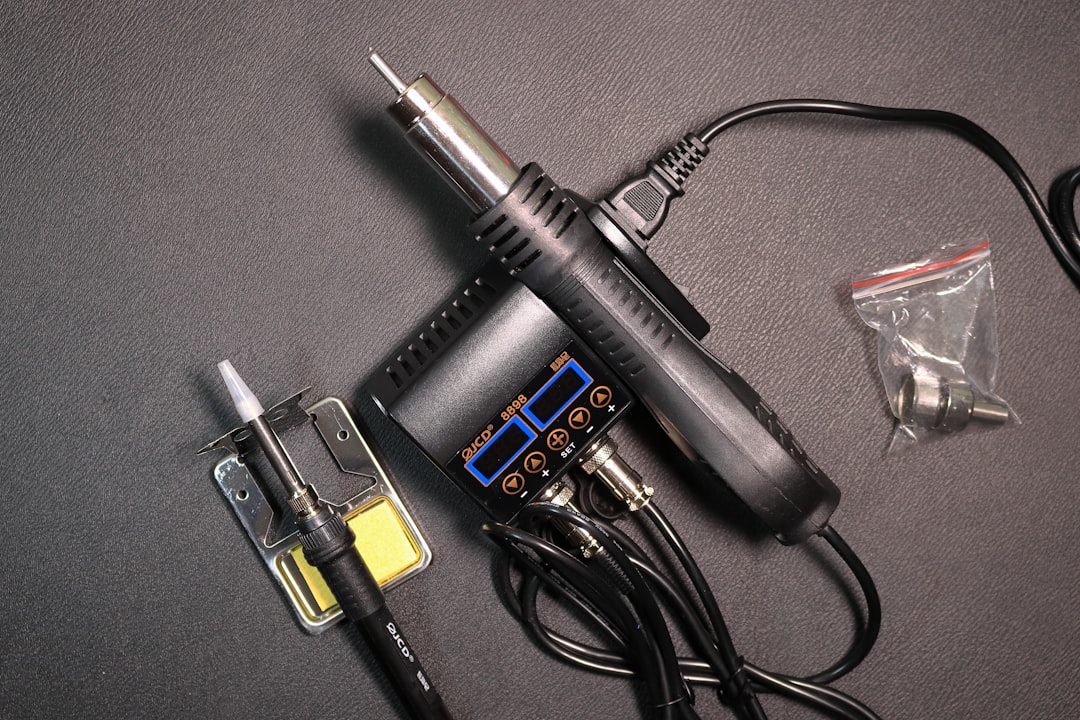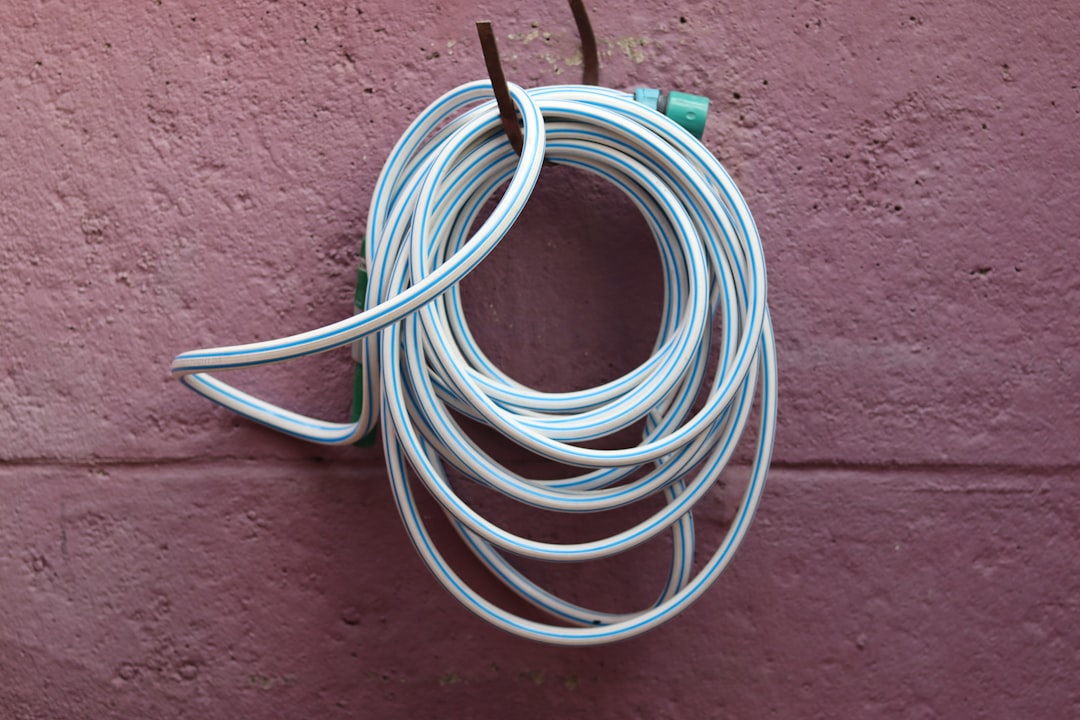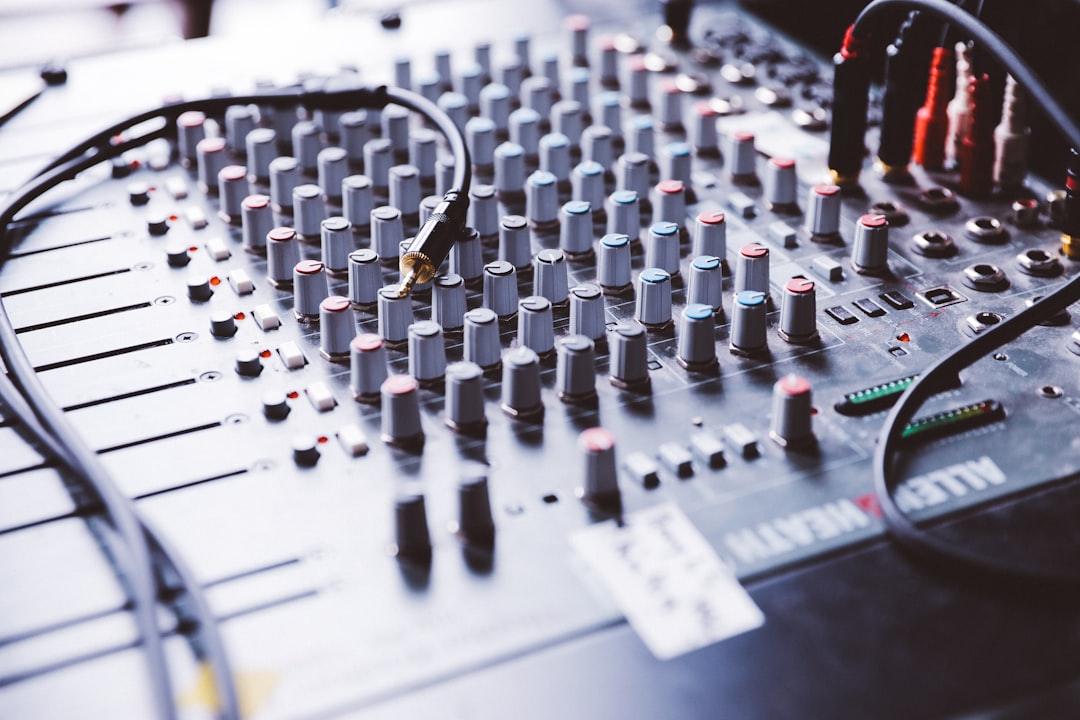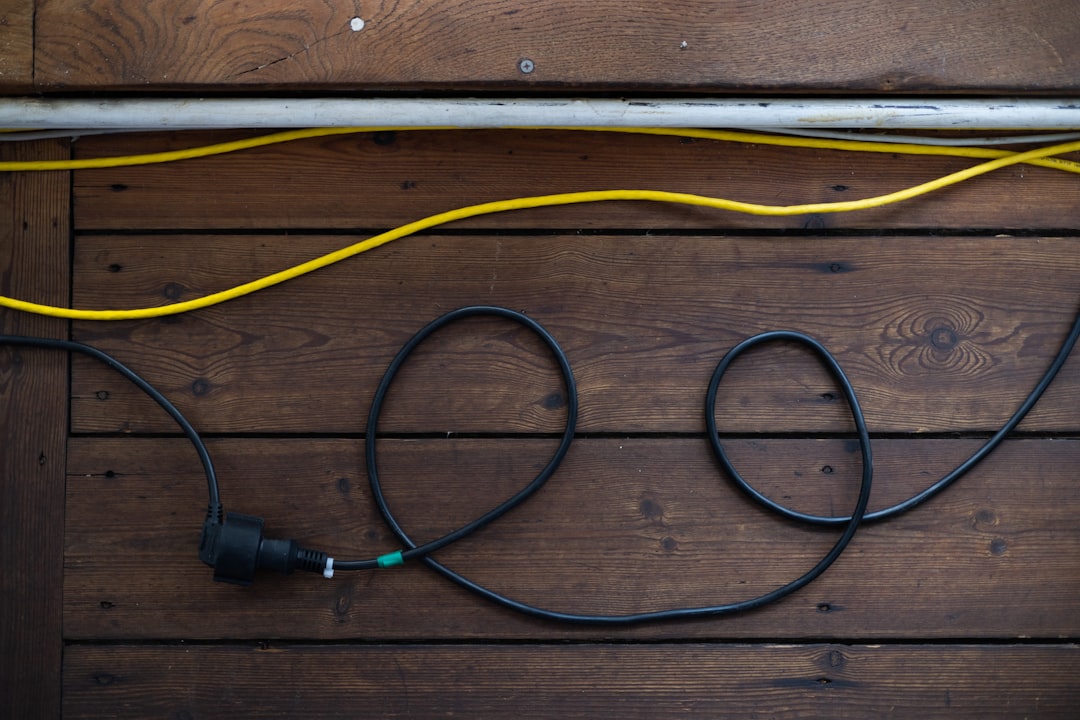In any home theater or high-fidelity audio setup, delivering clean, powerful bass is a top priority for audiophiles and casual listeners alike. A high-quality subwoofer can transform an audio experience, but much of that potential can be compromised if the signal chain introduces unwanted noise. One of the most common issues encountered in subwoofer installation is the problem of ground loops—electrical phenomena that can introduce hum and interference. At the heart of addressing this issue lies the selection of the right subwoofer cable. This is where low-noise subwoofer cables come into play.
Contents of Post
Understanding Subwoofer Signal Transmission
Before diving into the specifics of cable quality and electrical interference, it’s helpful to understand how subwoofer signal transmission works. A subwoofer operates on low-frequency audio signals, which require a stable, interference-free connection from your AV receiver or amplifier to the subwoofer itself. Unlike speaker cables delivering amplified audio, subwoofer cables carry low-level line signals, which are more susceptible to electrical noise and interference.
To manage this transmission successfully:
- Shielded cables are necessary to block electromagnetic interference (EMI) and radio frequency interference (RFI).
- Ground integrity must be maintained to minimize the possibility of ground loops.
- Cable connectors must offer secure, snug connections to avoid any audio signal degradation.
Subwoofer performance is not just about the raw components—it’s also about how well those components are interconnected.
What Are Low-Noise Subwoofer Cables?
Low-noise subwoofer cables are specially designed to reduce interference and preserve signal integrity even over long distances. These cables often incorporate multiple layers of shielding material that protect the inner conductors from external noise. Premium cables will include:
- Double or triple shielding: Uses materials like aluminum foil and braided copper for maximum EMI and RFI protection.
- Twisted-pair construction: Minimizes the radiation of noise and crosstalk between wires inside the cable.
- High-quality connectors: Gold-plated connectors reduce the risk of oxidation, maintaining sound clarity and consistency.
The combination of these features enables the cable to deliver low-frequency signals with minimal signal degradation or added noise. As a result, the listener enjoys clearer, distortion-free bass, free from any electrical humming or low-end confusion.

Ground Loops: The Silent Offender
One of the primary reasons to invest in a high-quality low-noise subwoofer cable is to prevent or eliminate ground loops. But what exactly are ground loops?
Ground loops occur when two pieces of audio equipment are grounded at different points, resulting in small voltage differences between these points. If the equipment is connected by an audio cable with a ground path—such as a typical RCA subwoofer cable—these voltage differences create a loop. Within this loop, electrical current starts to circulate, producing a low-frequency hum (typically 50Hz or 60Hz, depending on where you live).
Common causes of ground loops include:
- Audio equipment connected to different power circuits
- Power strips or surge protectors of varying quality
- Grounded and ungrounded equipment combinations
These loops are more than just annoying; they can compromise the musical fidelity of your entire setup. The more sensitive and high-resolution your system is, the more noticeable the issue becomes.
Strategies to Eliminate Ground Loops
A simple hum can sometimes lead down a rabbit hole of troubleshooting steps. Eliminating ground loops often involves a process of isolation and substitution. Here are several practical strategies:
- Use Ground Loop Isolators: These devices break the ground path in the signal line while allowing the audio signal to pass, effectively eliminating the loop.
- Ensure a Single Ground Point: Whenever possible, plug all audio components into the same power strip or electrical outlet to maintain a common ground reference.
- Upgrade Your Subwoofer Cable: Employing a low-noise, shielded subwoofer cable can help reduce the conductivity of unwanted currents across the ground path.
- Float the Ground: In certain configurations, lifting the ground pin on one device via a ground-lift adapter can help—but this should only be done with caution and an understanding of safety risks.

Key Features to Look for in a Low-Noise Subwoofer Cable
Not all subwoofer cables are created equal. When shopping for a reliable option—even if you’re trying to solve a specific noise issue—some factors should be at the top of your list:
- Shielding Quality: Double-shielded or triple-shielded cables offer superior protection against interference.
- Connector Type: RCA connectors are standard, but ensure they provide tight fitting and are gold-plated to resist corrosion.
- Cable Length: Longer cables are more susceptible to noise, so opt for the shortest cable possible that suits your setup.
- Capacitive Properties: Lower capacitance translates to less signal deterioration over longer distances.
- Brand Reputation: Established audio brands with a track record of quality are more likely to use high-grade materials and construction methods.
Balanced vs. Unbalanced Connections
It’s important to mention the distinction between balanced and unbalanced connections. RCA cables, the most common type used for subwoofer connections, are unbalanced. This makes them more vulnerable to interference over long distances. Balanced cables, such as XLR or TRS, include a dedicated ground and two signal conductors. They are designed to cancel out noise electrically, offering a superior solution for professional audio systems or installations with long cable runs.
If your subwoofer and receiver support balanced connections, switching to XLR cables can greatly reduce or even eliminate hum due to ground loops. However, such compatibility is often limited in consumer-grade audio equipment.
Testing and Troubleshooting Your Setup
When your subwoofer emits an undesired hum or buzz, it’s essential to approach the problem methodically. Here’s a straightforward testing guide:
- Disconnect Inputs: Disconnect the subwoofer’s RCA input cable. If the hum disappears, the problem lies in the source signal or the cable itself.
- Try a New Cable: Swap in a low-noise, shielded subwoofer cable to see if the interference persists.
- Re-route Cables: Avoid running subwoofer cables parallel to power cables, which can induce electromagnetic interference.
- Power Off Components: Turn off or unplug other connected components one by one to isolate which device may be introducing the ground loop.
Persistence and patience are often required, but serious audio hobbyists know that clean signal integrity is worth the effort.
Conclusion
The issue of low-noise cabling and ground loops is a significant one in the world of audio signal transmission. While commonly overlooked, these problems can seriously degrade the performance of even the most expensive subwoofers. Investing in a well-engineered, shielded subwoofer cable offers a straightforward and often highly effective countermeasure to these difficulties.
Whether you’re aiming for thunderous bass in a home theater or clean, detailed low frequencies in a stereo setup, ensuring low-noise signal transfer is non-negotiable. Combine best practices in cable management with quality equipment, and you can enjoy uninterrupted, hum-free audio—just the way it was intended.


